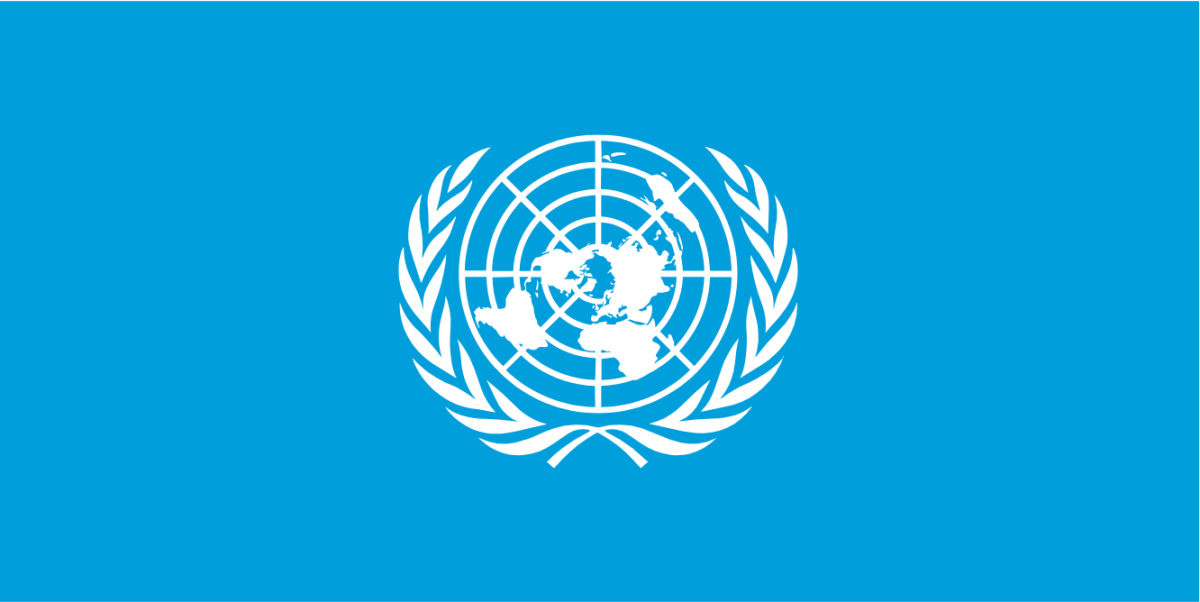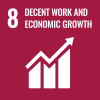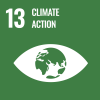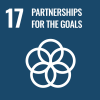
In the past 20 years, weather-related disasters affected 4.2 billion people worldwide, with a large loss of life and livelihoods. The global annual average cost of climatic disasters, including floods, storms, droughts and heat waves, is estimated to have risen from $64 billion during the period 1985-1994 to $154 billion in the period 2005-2014. A more complete estimate of global costs, taking into account the loss associated with slow-onset climate events (e.g., sea-level rise and desertification), is likely to yield a larger figure.
Developing countries are the most affected by climate change and require the most aid
The evidence shows that low-income countries suffered the greatest losses, including economic costs estimated at 5 per cent of GDP, significantly higher than economic costs in high-income countries at 0.2 percent. Furthermore, climate scenarios unambiguously predict that tropical areas will be at higher risk of climate hazards. Slow-onset events have particularly devastating effects on climate-sensitive livelihoods such as agriculture, fisheries and forestry. It is developing countries that have fewer resources and less capacity to adapt to a changing climate, including countries in Africa and South and South-East Asia, and small island developing States. In the fifth assessment report from the Intergovernmental Panel on Climate Change, adaptation costs in developing countries alone are estimated to fall in a range between $70 billion to $100 billion per year by 2050, which may underestimate real costs according to the United Nations Environment Programme. The differential impacts of climate change on some of the poorest countries makes a strong case for the need to mobilize international resources to support adaptation efforts.
International resources to support climate change resilience are insufficient
In December 2015, countries represented in the Conference of the Parties to the United Nations Framework Convention on Climate Change pledged to mobilize at least $100 billion per year for climate change mitigation and adaptation activities in developing countries. From current trends, it is clearly the case that mitigation efforts absorb most climate change resources. According to some estimates 77 per cent of climate finance from developed to developing countries is allocated towards climate change mitigation, compared with 16 per cent allocated for climate adaptation. This gap in financing for adaptation—the "adaptation gap"—is a cause for concern, especially in view of the overwhelming evidence showing differential impacts of climate hazards on already vulnerable countries and communities. Unprecedented levels of development cooperation are still needed to facilitate the complex task of building climate resilience, including through the implementation of transformative policies that address the structural inequalities underlying climate change vulnerability.
Investments for adaptation are largely public goods but private sector contributions are needed
A large part of adaptation efforts supports public goods. Climate-resilient investments, such as in coastal protection efforts and other forms of disaster risk management, are often characterized by steep upfront costs, long investment timelines and low private returns to investment, making them prime candidates for public funds. Much larger and more stable sources of international public finance are needed, especially those targeted to the most vulnerable countries and population groups at higher risk. There are other adaptation measures —such as adaptation technologies for drought-resistant seeds and solar-powered cooling systems, for example— that align themselves well with business interests. However, even in these cases, public sources are needed to strengthen the regulatory framework, infrastructure and information systems required to unlock the potential for greater private sector resources for adaptation. Three major types of policy interventions would help to increase private sector investments for adaptation. First, direct regulatory action, especially at the international level, could mandate certain allocation proportions of public funds for adaptation and thus attract greater private sector participation. A clear example is provided by the Green Climate Fund, which is mandated to allocate 50 per cent of its funds towards adaptation. Regulation can also help create markets that wouldn’t otherwise exist, such as environmental services, ensuring that their value is reflected in prices. Second, the use of public investments to trigger private investments, such as weather monitoring systems, would facilitate the creation of crop insurance systems. International and national development banks could also be instrumental in increasing the participation of the private sector in financing their adaptation portfolios. Third, policies to reduce the cost of access to adaptation technologies, such as irrigation systems, provide incentives to increase the engagement of the private sector in adaptation. In addition, the use of redistributive mechanisms has the potential to increase private sector contributions for adaptation and resilience building. This is the case of payment-for-ecosystem services schemes which generate revenue that can be redistributed to vulnerable populations in priority areas such as water, food security, energy or health.
Strengthening the Global Partnership for Sustainable Development
Improving the regulatory framework and incentives to increase the contributions from the private sector requires greater national and international attention to reduce the large funding gap that exists between mitigation and adaptation. But given the public goods nature of many adaptation measures, and the urgency of providing the means for successful adaptation among the most vulnerable countries and population groups, greater international efforts are required to provide greater and more stable financial resources for adaptation. Closing the adaptation gap in financing, requires bringing clarity to the definition of climate finance and to the system of accounting that monitors development assistance for adaptation. The lack of a central accounting mechanism for climate finance flows makes it particularly difficult to quantify resources beyond those channeled through multilateral development banks and other public institutions. There is therefore a need for a comprehensive definition of, and monitoring system for, climate finance. Without clear distinctions and definitions, cases where development projects are also considered climate-compatible projects can lead to double-counting or undercounting of flows offered for official development assistance (ODA) and/or climate finance. This is particularly important as developing countries continue to insist that efforts to integrate climate considerations into the greater development agenda should not come at the expense of current efforts for development. This can be clearly seen in the discussion regarding finance for development, where developing countries insist that finance for climate objectives should be offered in addition to ODA. A strengthened Global Partnership for Sustainable Development has an important role to play in supporting countries’ efforts in building climate resilience. The historical agreements adopted by the international community in 2015, including the 2030 Agenda for Sustainable Development and the Addis Ababa Action Agenda of the Third International Conference on Financing for Development, provide a unique opportunity to solidify effective global cooperation and coordination in support of global, regional and national efforts towards achieving sustainable development in general, and climate-resilient development more specifically.
 Welcome to the United Nations
Welcome to the United Nations


